

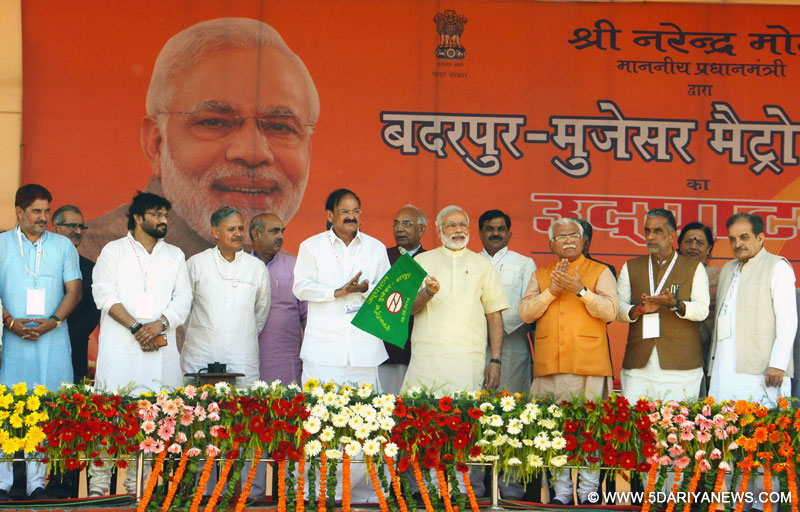
Prime Minister Narendra Modi has inaugurated the Delhi-Faridabad Metro Line which extends the existing Green Line to Indraprastha. This will provide hassle-free and affordable travel for around two lakh daily commuters between Delhi and Faridabad. The total cost of the project is approximately Rs. 2,500 crore, with contributions from the Haryana government, the Centre, and Delhi Metro. This nine-station elevated corridor is 95% indigenously built, providing a safe, quick, and sustainable transport option for residents. The Haryana Chief Minister has expressed gratitude to the Prime Minister for this development, and also announced plans for connecting Gurgaon with Faridabad via Metro.
New Delhi Railway Station
New Delhi Railway Station (NDLS) is one of the largest and busiest railway stations in India. It is located in the heart of New Delhi, the capital of India. NDLS is a major hub for rail traffic in the northern region of India and connects New Delhi with other major cities in the country. The station has 16 platforms and handles over 400 trains daily.
History of NDLS
NDLS was built in 1926 and was originally known as Delhi Main Station. The station was designed by British architect Sir Edwin Lutyens and is a fine example of colonial architecture. The station was renamed New Delhi Railway Station in 1931.
Facilities at NDLS
NDLS has a wide range of facilities for passengers, including:
Passenger Traffic at NDLS
NDLS is one of the busiest railway stations in India. It handles over 400 trains daily and over 500,000 passengers. The station is a major hub for rail traffic in the northern region of India and connects New Delhi with other major cities in the country.
Delhi-Faridabad Metro Line
The Delhi-Faridabad Metro Line is a 14.2 kilometer long elevated metro line that connects Delhi with Faridabad, Haryana. The line has 9 stations and is integrated with the existing Green Line of the Delhi Metro. The line was inaugurated by Prime Minister Narendra Modi on 8 September 2015.
Benefits of the Delhi-Faridabad Metro Line
The Delhi-Faridabad Metro Line provides a number of benefits, including:
Top 5 FAQs and Answers
1. What is the history of NDLS?
NDLS was built in 1926 and was originally known as Delhi Main Station. The station was designed by British architect Sir Edwin Lutyens and is a fine example of colonial architecture. The station was renamed New Delhi Railway Station in 1931.
2. What are the facilities at NDLS?
NDLS has a wide range of facilities for passengers, including:
3. What is the Delhi-Faridabad Metro Line?
The Delhi-Faridabad Metro Line is a 14.2 kilometer long elevated metro line that connects Delhi with Faridabad, Haryana. The line has 9 stations and is integrated with the existing Green Line of the Delhi Metro. The line was inaugurated by Prime Minister Narendra Modi on 8 September 2015.
4. What are the benefits of the Delhi-Faridabad Metro Line?
The Delhi-Faridabad Metro Line provides a number of benefits, including:
5. What are the future plans for NDLS?
There are a number of future plans for NDLS, including:
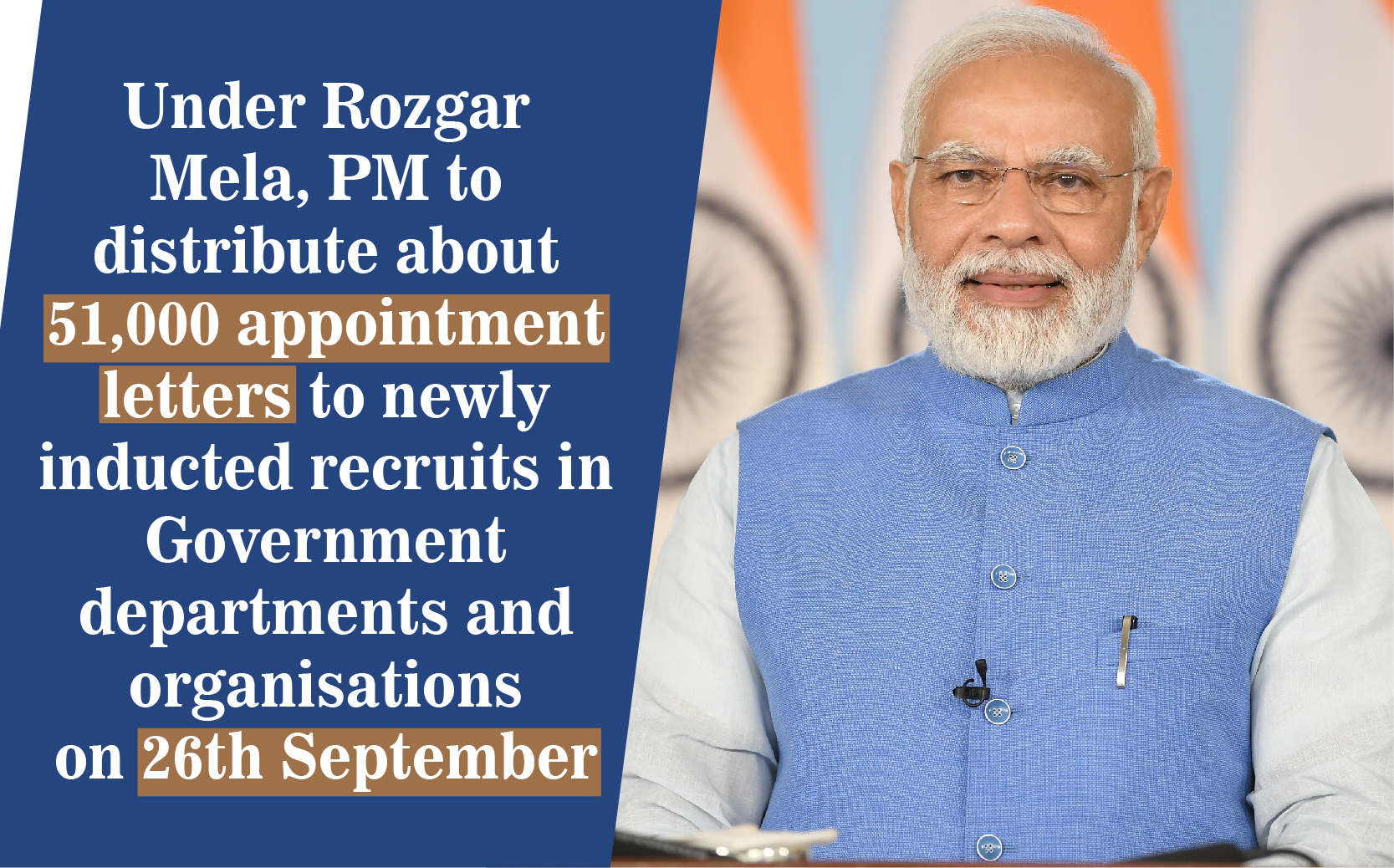
Indian Prime Minister Narendra Modi will be distributing more than 51,000 appointment letters to newly recruited youth through a virtual job fair in various government departments and organisations. This initiative, in its 15th edition, aims to provide meaningful employment opportunities for the country's youth and contribute to its progress. The recruitment drive, which has already offered over 10 lakh permanent government jobs since October 2022, highlights the government's commitment to tackling unemployment and empowering young individuals to participate in India's growth story. Additionally, the PM also highlighted India's partnership with 21 countries in improving migration and employment opportunities.

The Springfield Catholic Diocese's Bishop Thomas John Paprocki led a special Mass to honor the Sisters of St. Francis and celebrate the 100th anniversary of the founding of OSF HealthCare Saint Anthony's Health Center in Alton. The hospital, originally established as Saint Anthony's Infirmary, was the first Thuiner Franciscan house in the United States and has grown and adapted over the years while maintaining its founders' commitment to compassionate care. The hospital's Vice President of Operations and Special Projects credits the Sisters' determination and devotion to Christ's love for the hospital's success and continued impact on the community.
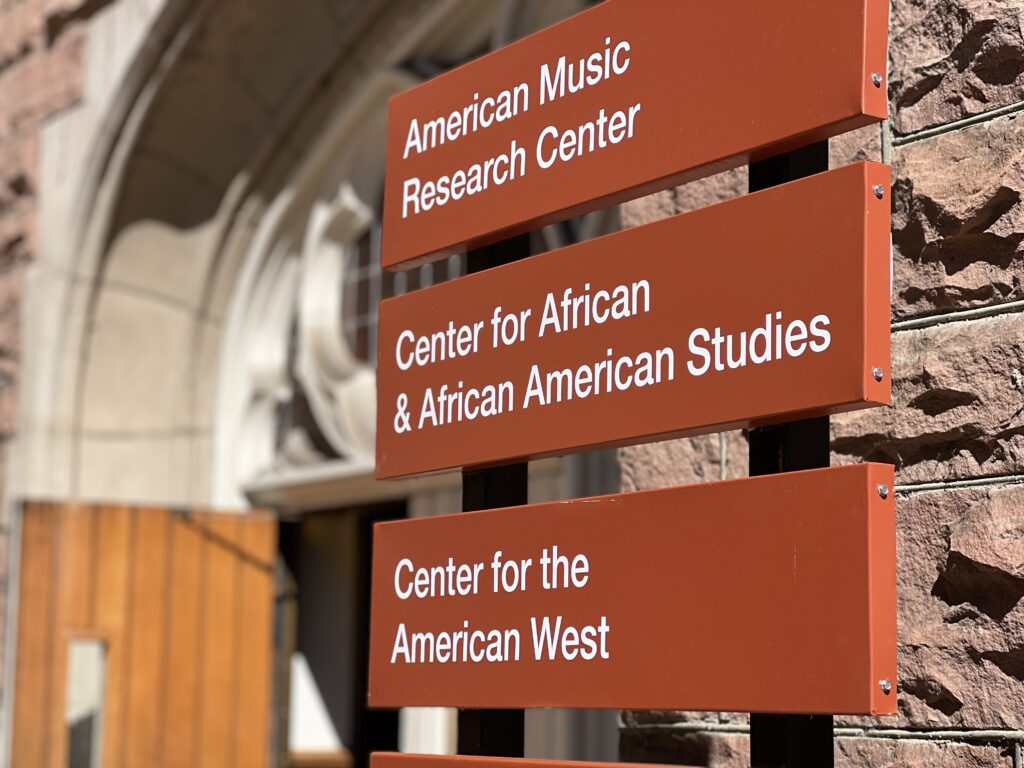
The Center for African and African American Studies at the University of Colorado Boulder is celebrating their recent receipt of a generous matching donation from Chancellor Philip P. DiStefano. With this support, the center aims to continue enriching the academic landscape and foster a sense of belonging for Africans, African Americans, and the African diaspora. Donations from individuals are greatly appreciated and will contribute to the center's growth and student opportunities. Interested in supporting the CAAAS? Contact Jazmin Brooks and join their Forever Buffs Black Alumni group or subscribe to their newsletter for updates.
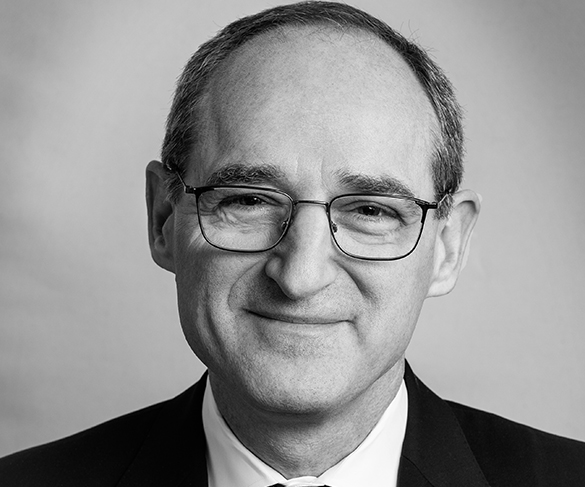
In a recent podcast appearance, Ralph Lauren CEO Patrice Louvet shared his belief in a tough love approach to addressing serious issues at work. He emphasized the need for direct communication and not being afraid to use a "2X4 across the forehead" in critical situations. However, his comments have also sparked a debate on the effectiveness of this leadership style in today's modern workplace.
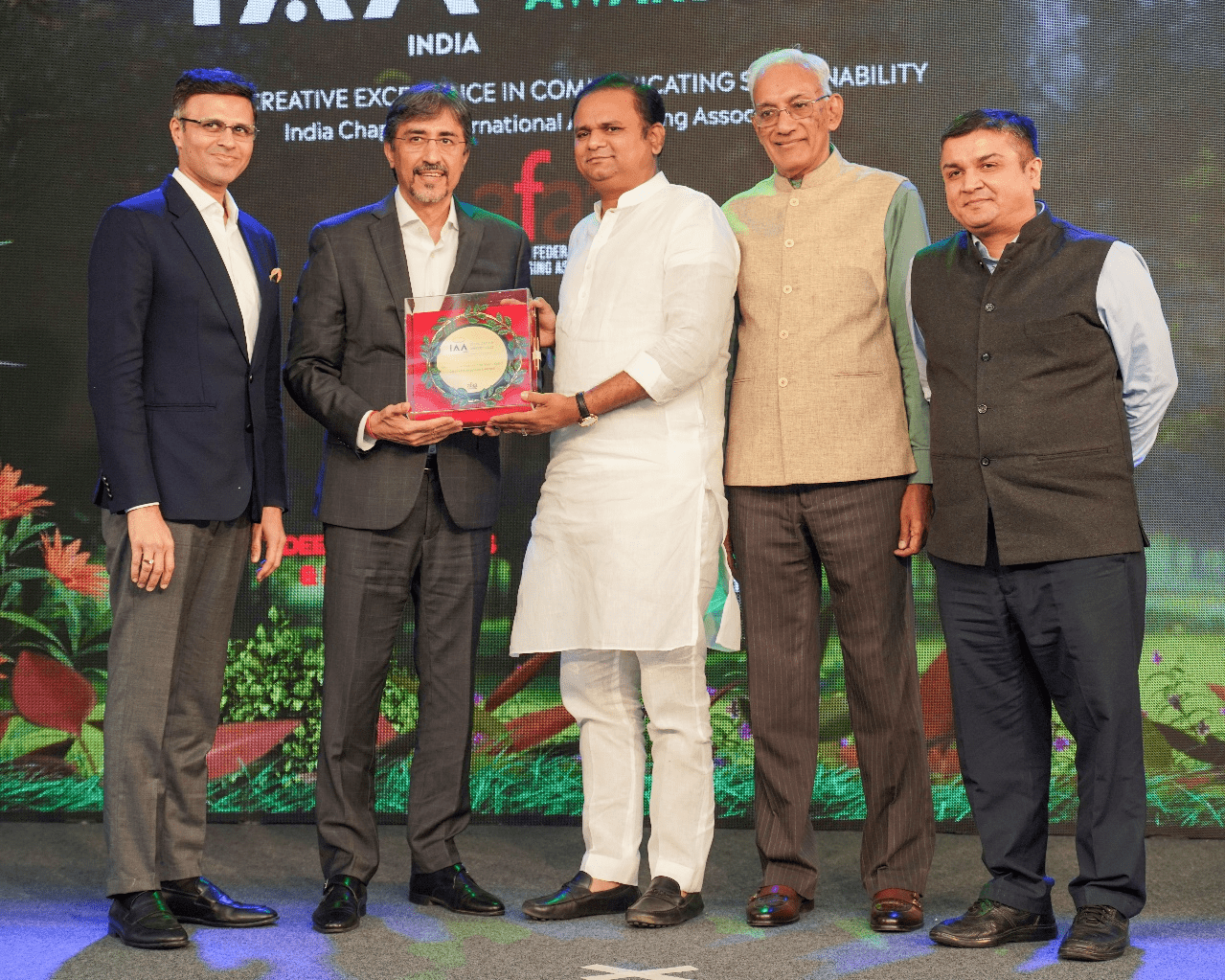
Tempest Advertising, a leading agency in purpose-driven creativity, has won the Gold Award in the Press Unreleased category at the 2025 IAA Olive Crown Awards for their striking campaign "Fast Fashion". Using AI technology, the campaign addresses the environmental impact of the fashion industry and calls for a shift towards more sustainable practices. With this win, Tempest solidifies its position as a leader in promoting responsible consumerism and guiding businesses towards a more sustainable future.
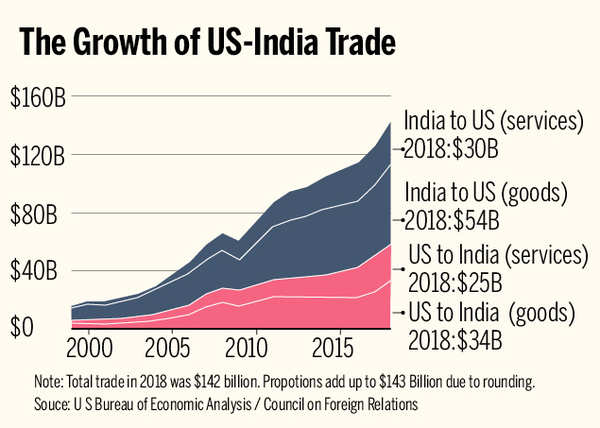
The highly anticipated bilateral trade agreement between India and the US is close to reaching a successful conclusion, according to US Treasury Secretary Scott Bessent. This deal would allow India to avoid the 26% reciprocal tariffs and increase trade to $500 billion by 2030. Negotiators from both countries are currently meeting in Washington to finalize the terms of the agreement, which is expected to be concluded by the fall of this year. With both sides eager to reach an agreement before the July tariff deadline, this deal has the potential to greatly benefit both nations' economies.

In a recent podcast interview, Ralph Lauren CEO Patrice Louvet discussed the delicate topic of giving criticism in the workplace. Louvet stressed the importance of addressing issues sooner rather than later, and how it can ultimately benefit both businesses and individual careers. He recognizes the difficulty in giving feedback, but advises a direct and honest approach in tackling major issues. However, for minor concerns, Louvet suggests focusing on employee strengths and gradually addressing weaknesses.

Suprabhat Mandal, a student from West Bengal, recently made headlines after successfully securing a position in three different banking exams. After a year of dedicated preparation, Mandal used the ADDA247 Bank Mahapack to help him learn from the basics to harder questions. Now, he is encouraging other successful candidates to share their stories and inspire others to never give up on their dreams.
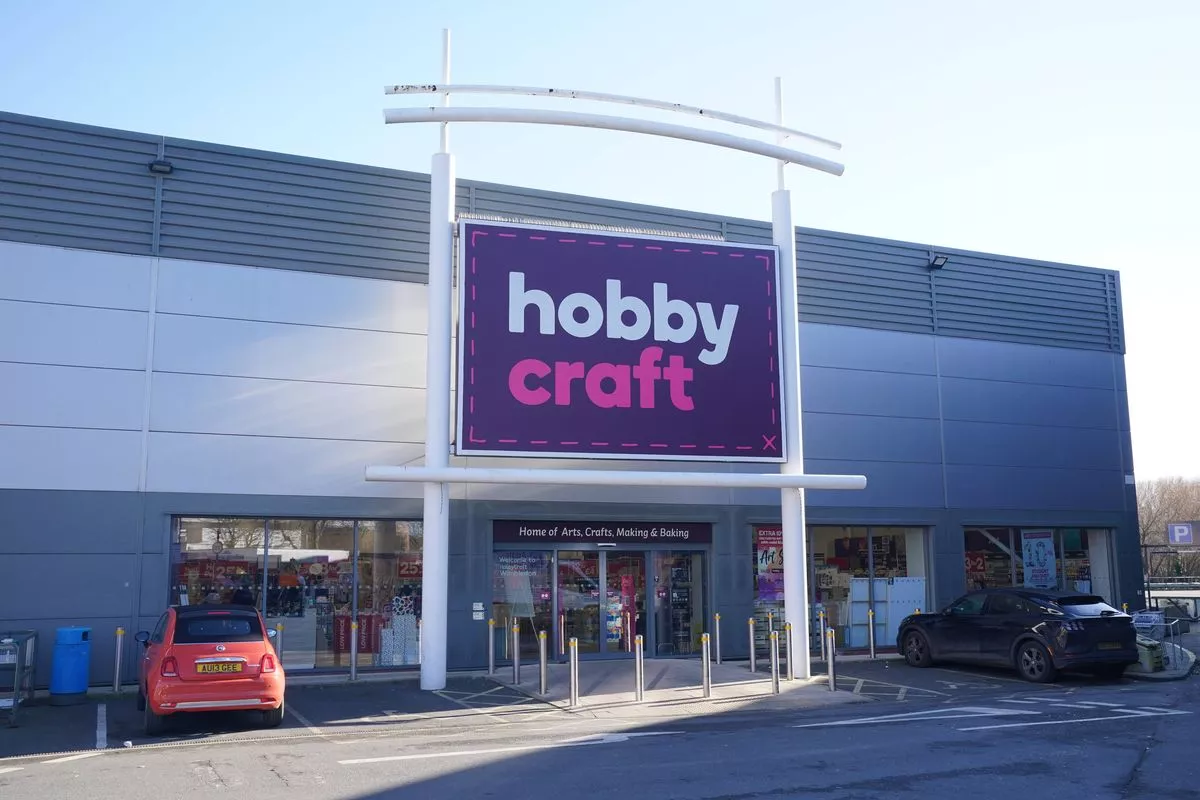
British arts and crafts retailer Hobbycraft is undergoing a major restructuring of its retail operations under the ownership of private equity firm Modella Capital. While nine stores are set to close, including 72-126 jobs losses, the fate of other branches is still being reviewed. The company's CEO cited challenges faced by the retail sector as the reason for this necessary action.

In a move to boost economic ties between the two countries, US Vice-President JD Vance announced that America and India have finalized terms for a trade deal. This comes amid rising concerns over the impact of President Trump's reciprocal tariffs. Speaking at an event in Jaipur, Mr Vance emphasized the need for fair and mutually beneficial trade partnerships with countries that value labor rights and promote balanced, open, and stable global trade.